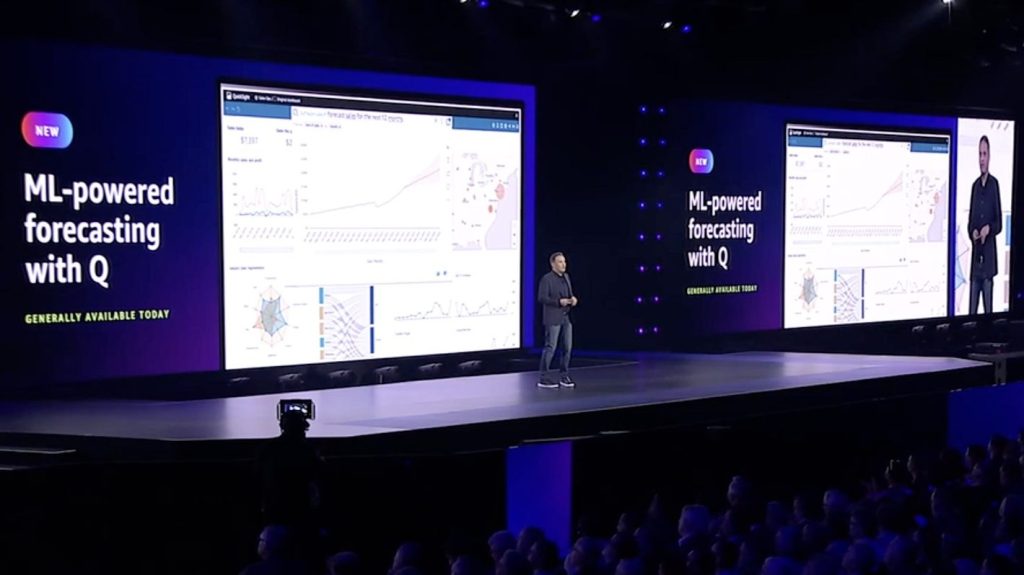Sudheesh Nair
Successful startups will inevitably draw the attention of powerful incumbents in their industry. They will fight you, but if you are positioned well for the challenge there has never been a better time to prevail.
In recent years, we’ve seen startups overcome seemingly insurmountable odds to redefine industries that had been stagnant for decades. Three key factors are tilting the balance in favor of emerging players:
- The cycle of creative destruction is shorter than ever. Gone are the days of five-year plans; they’ve been replaced by 12-18-month roadmaps that favor the agile.
- Customer loyalty has waned. Even the most entrenched businesses and industries are willing to try something new to stay competitive.
- Portability and the cloud have permanently altered user expectations of their technology providers. Vendor lock-in is no longer an option.
What separates the successful from the rest is understanding how to compete with established companies that seem to have major advantages at every turn. The success of startups in recent years, particularly during the uncertainty of the pandemic, is testimony to this. We can learn a lot from companies like Twilio, Snowflake and Zoom about how asking the right questions and developing a competitive plan can lead to success.
Are you an improver or a disrupter?
Most startups follow one of two paths, and the first step is to determine which one you’re on. The first path is traveled by improvers — those who see an opportunity to make an existing dynamic better. The other is traveled by disruptors, startups that believe the current way of doing things should fundamentally change. Established companies have playbooks for battling both, but knowing who you are and what you’re about will allow you to stay on the offensive in the right way.
The immediate challenge for improvers is to find relevance in an established market. Not only do you have to be exponentially better than the competition, you have to find a way to prove it. For disruptors, it’s about convincing prospects that they’re going about things the wrong way — and doing so without being confrontational. Beyond that, the playbook for taking on your industry’s giants is similar.
Here’s how it will play out:
What to expect: At the outset, the big vendors will ignore you. They will tell their customers that you provide an unnecessary service — if they recognize you at all. Getting a foot in the door here is the first major obstacle. Your challenge is to find someone within the organization willing to take a chance on what you have to offer and to demonstrate an improvement they can’t ignore.
Once you’re over that hurdle, entrenched competitors will shift gears. They’ll admit that your offering has value, but will claim to have the same capabilities, or that they’re coming soon. They’ll remind the customer of the greater breadth of the scope of the services they can offer. Enterprise buyers tend to be risk averse; there is comfort in familiarity, and many will be willing to wait until the vendor they already know can provide the same value.
Finally, startups face commoditization. Big vendors will not only seek to commoditize the products their competitors sell, they will offer free add-ons and deep discounts that a startup can’t match.
It’s important to understand that these hurdles will exist before you even reach the road. Your methodology and approach will need to change accordingly.
Opportunities to look out for: Commoditization is breaking down. The world is changing so fast that many incumbents may never catch up. The cycle of creative destruction is so short that incumbents can no longer safely play the long game, the game of erosion. The modern technology ecosystem is built for agility, and startup founders should embrace this with both arms.
The reality for most startups today is that customers depend on them to win against their own set of incumbents and disruptors. They depend on the startup ecosystem not only for bleeding-edge tech, but for knowledge and insight about what’s ahead.
What do you do better than everyone else?
In the early days of any startup, the possibilities are infinite and your competitors seem to offer everything. But your time and resources are limited, while your larger competitors have no such constraints. There is so much a startup can decide to do that cutting back becomes the most critical early exercise for a founder.
Your job is not simply to build products, but to make money. Investors want a clear, thoughtful path to a good return. Focus your business on the one or two key things you excel at and that customers are willing to pay for, then lean hard in that direction.
What to expect: Once legacy vendors start taking you seriously, identify your competitive edge and build on it so that they can’t undercut you on price. Your advantage is that you can add value to your core technology and get it into the hands of customers faster than an existing large corporation usually can. You can integrate customer feedback on a timeline that will feel immediate in comparison to a legacy vendor.
Opportunities to look out for: Once you’ve landed in a market with high potential, figure out where to expand the way you service that market. From a practical perspective, there’s nothing a startup can do that a bigger company can’t. Unless you have a magic secret recipe, like Coca-Cola, your larger competitors have all the resources they need to win long term. Don’t wait until you’ve won to plan your next move. Before they stop laughing at you and start to fight, your product must already be ready to scale and evolve.
Who do you need on your team to win?
Hiring is critical at this stage. You’ll want to bring in people who can help you scale and execute the critical stage of product expansion. Building differentiation on top of what you’ve already created is the only way to stay ahead of incumbents, and simultaneously growing your flagship offering will help provide the runway needed to do this thoughtfully. Of course, scale can slow things down, which is not something startups can afford. Maintaining that delicate balance between your present and future all comes down to who you have on your team.
What to expect: While there are people who can drive both scale and innovation, most excel at one or the other. Even when a leader is adept at both, you don’t want their focus diluted. Evaluate the talent you have, understand where their skills and interests lie, and give them opportunities that fit. From there, you’ll have a much clearer picture of who needs to be brought in from the outside.
Opportunities to look out for: When building the team responsible for continued innovation, hire people who have a track record of bringing ideas to reality. Building a second product or service is as hard as building your first, and you’ll need to do it without the benefit of anonymity. That means you are on the clock and you need people who execute as well as they ideate.
When building for scale, look for people who allow you to maintain your greatest advantage — pace. You’ll need operational experts who think about growth as strategically as your engineers think about building products. To continue to move at a startup pace even as you grow requires creative thinking, innovation and constant flexibility. It’s imperative to set the right culture from the beginning so this mindset is never up for debate as the company grows and evolves.
The playing field has begun to level significantly now. Working within universally shorter time frames gives startups their biggest opportunity to shine. Don’t worry if they ignore you to start with, don’t lose heart when they laugh, and don’t shy away from the fight. For innovators, success is more attainable than ever.































Comment